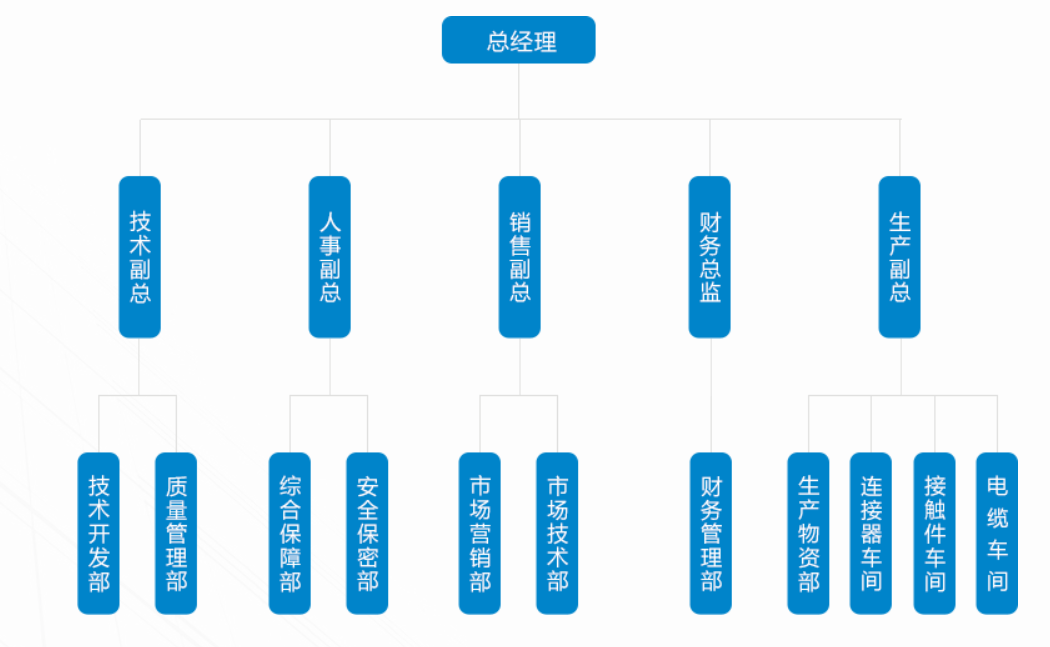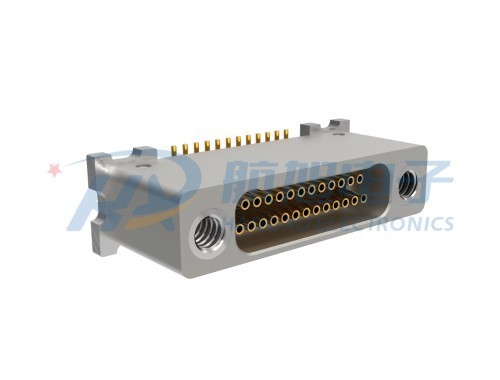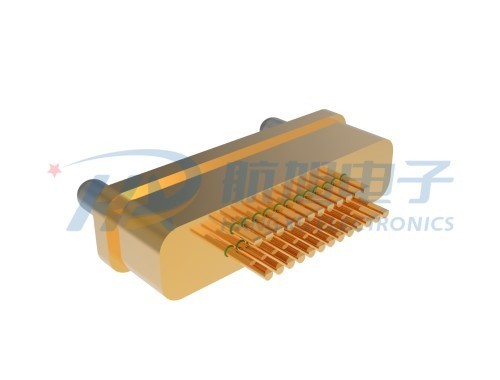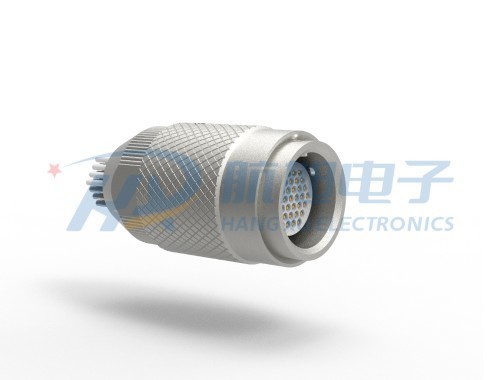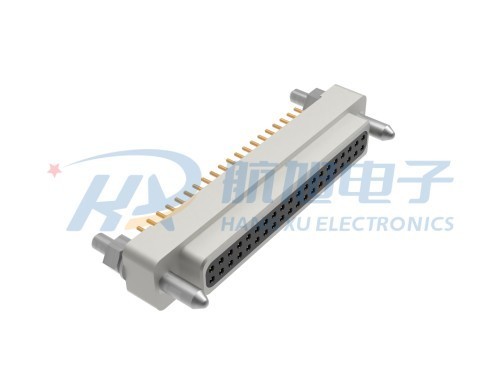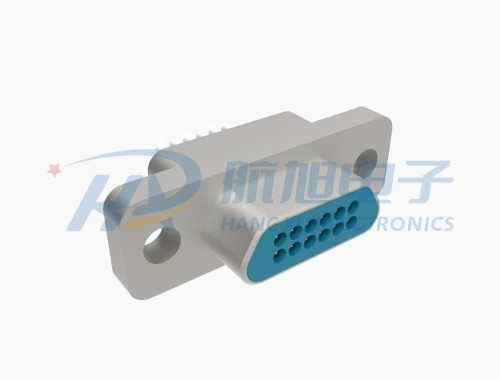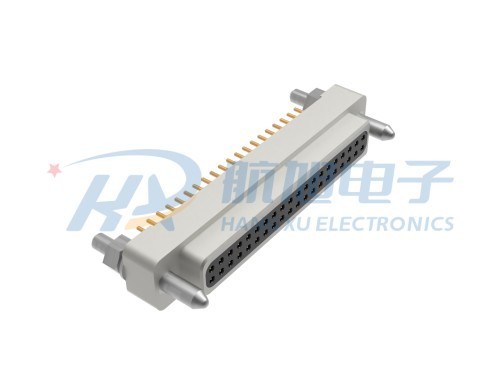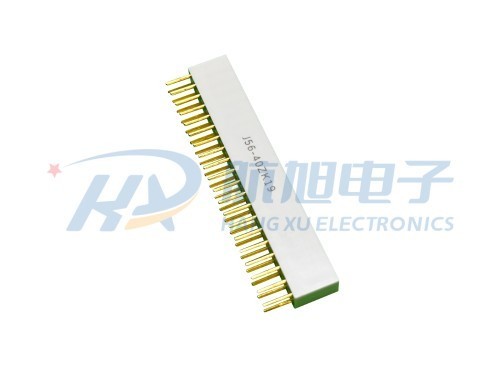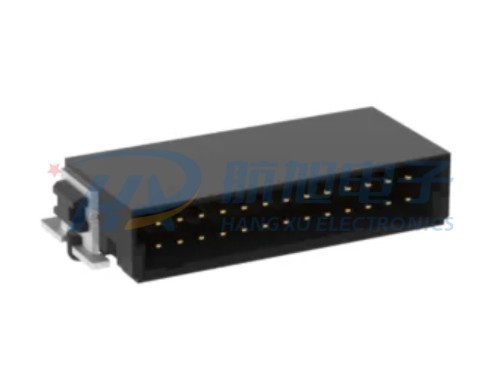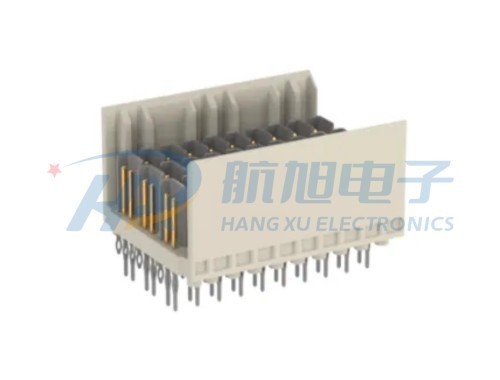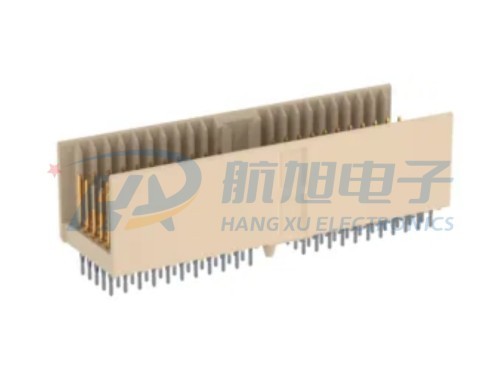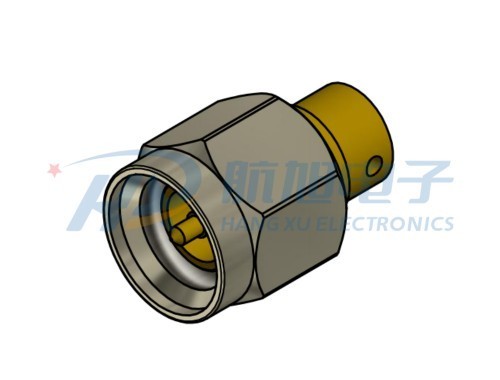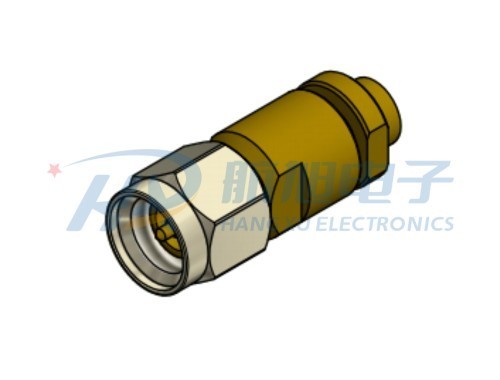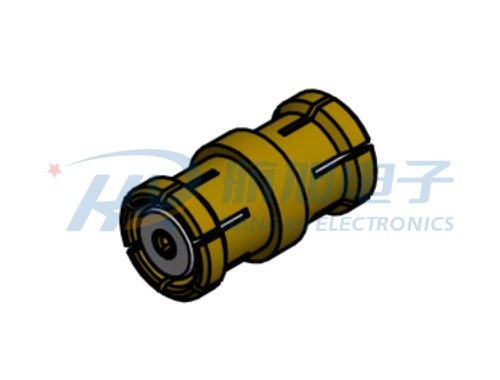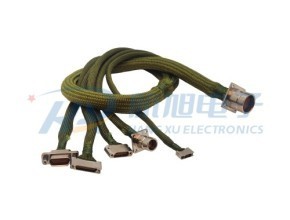-
-
Nano-D ConnectorsMicro-D ConnectorsNano Circular ConnectorsMicro Circular ConnectorsHigh Speed ConnectorsReetangular ConnectorsPCB Mount ConnectorsAirtight ConnectorsRF ConnectorsCable AssembliesElectronic Control Module
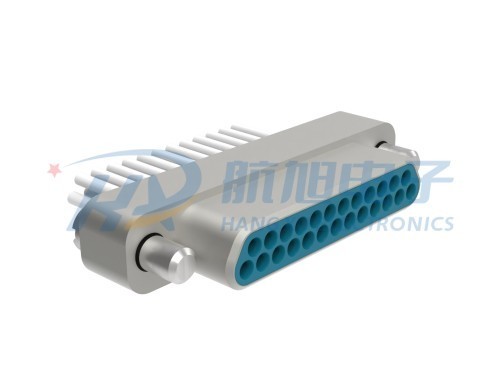 J30JZ Compact Micro-D Connectors
J30JZ Compact Micro-D Connectors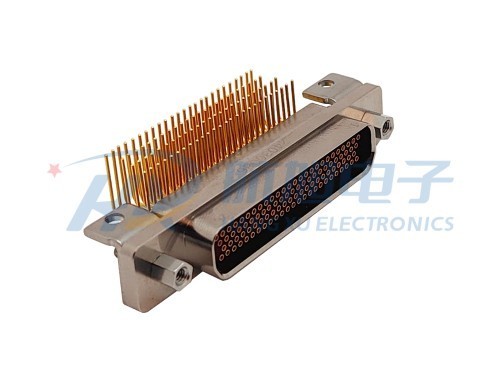 J30J Micro-D Connectors
J30J Micro-D Connectors J20J Micro-D Connectors
J20J Micro-D Connectors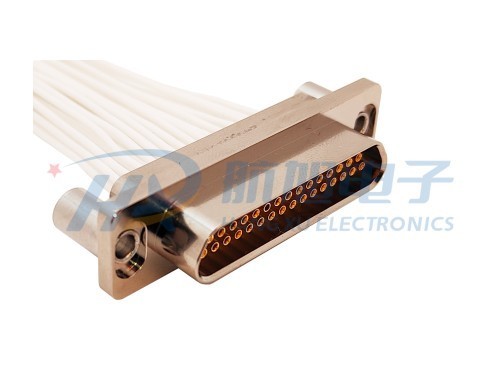 J29A Micro-D Connectors
J29A Micro-D Connectors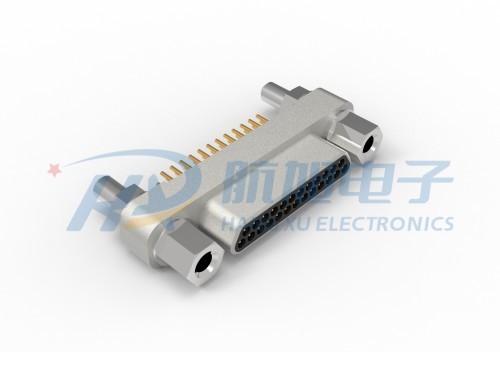 MDM1 Micro-D Connectors
MDM1 Micro-D Connectors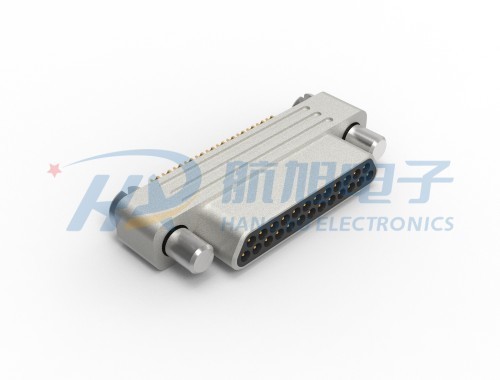 MDC1 Micro-D Electrical Connector
MDC1 Micro-D Electrical Connector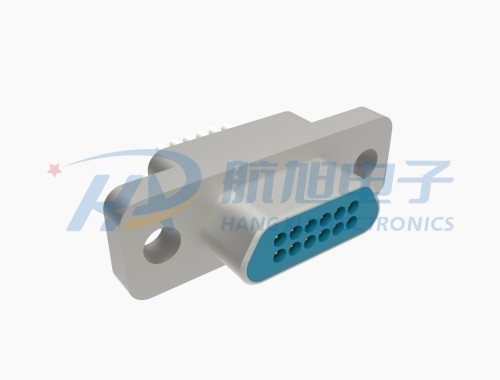 HJ30J High-Speed Micro-D Connectors
HJ30J High-Speed Micro-D Connectors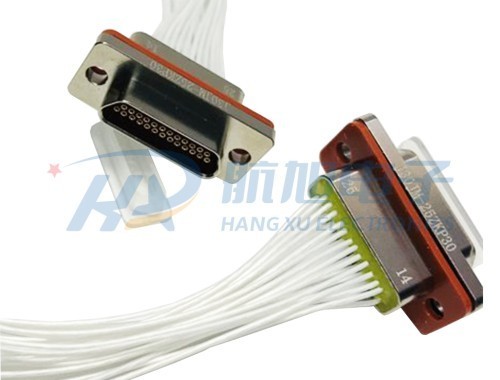 J30JM Hermetic Sealed Micro-D Connectors
J30JM Hermetic Sealed Micro-D Connectors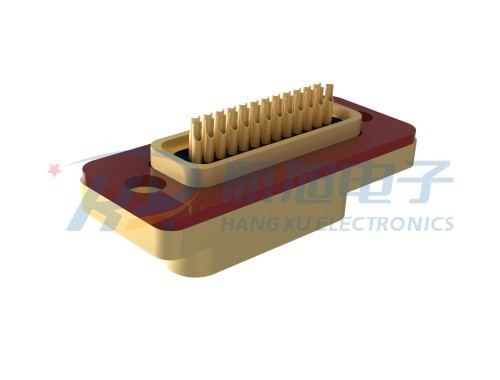 J30JM1 Gas Sealed Micro-D Connectors
J30JM1 Gas Sealed Micro-D Connectors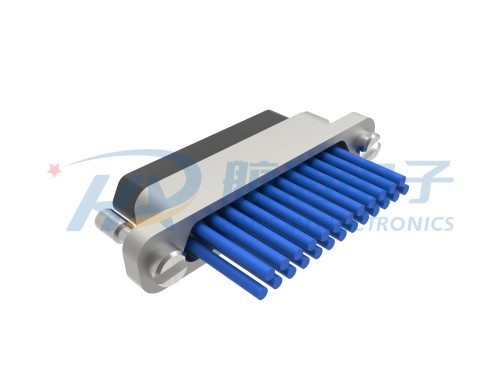 J30JB Micro-D Connectors
J30JB Micro-D Connectors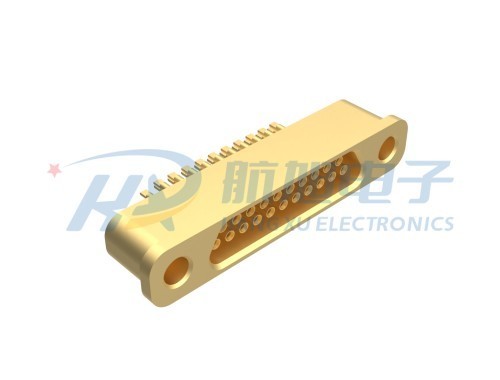 J30JMI Gas Sealed Micro-D Connectors
J30JMI Gas Sealed Micro-D Connectors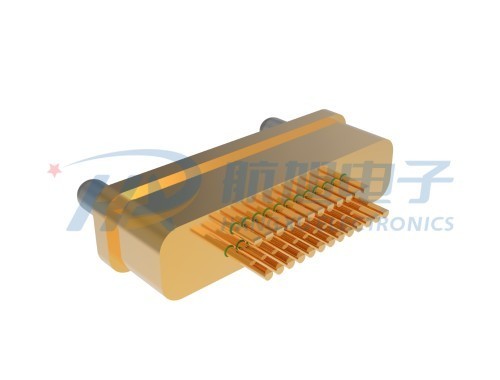 J63AM Micro Electrical Connector
J63AM Micro Electrical Connector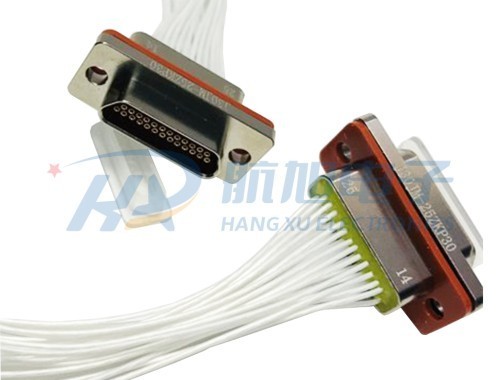 J30JM Hermetic Sealed Micro-D Connectors
J30JM Hermetic Sealed Micro-D Connectors J30JM1 Gas Sealed Micro-D Connectors
J30JM1 Gas Sealed Micro-D Connectors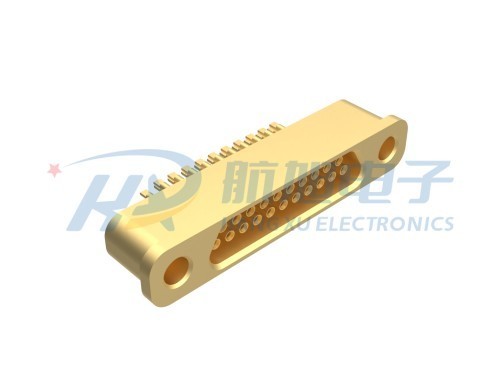 J30JMI Gas Sealed Micro-D Connectors
J30JMI Gas Sealed Micro-D Connectors DC Single Core Insulator
DC Single Core Insulator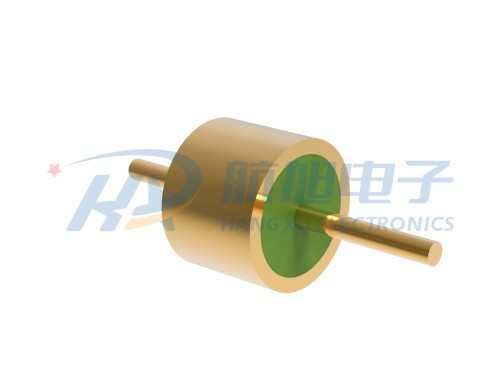 DC insulator series
DC insulator series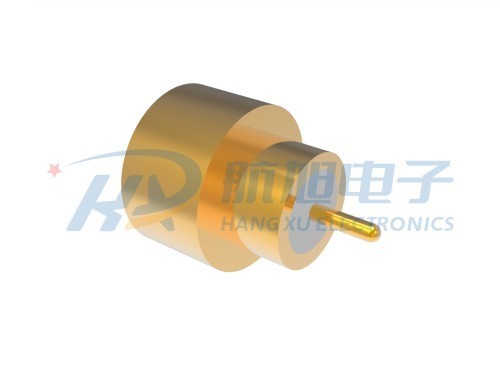 SMP(M)
SMP(M)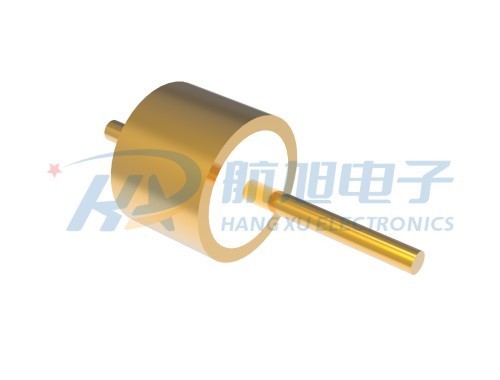 RF insulator
RF insulator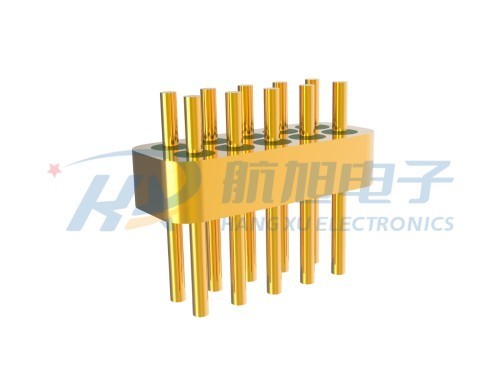 MDCS tandem
MDCS tandem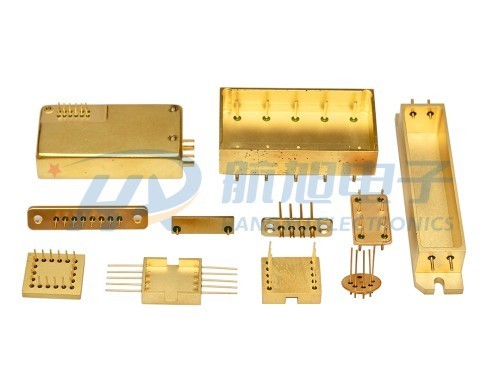 Metal sealing
Metal sealing -
-
Hangxu electronic Technology
In 2022, it was recognized as a high-tech enterprise by Guizhou Province
Understanding RF Connectors: Essential Components for Reliable Communication
2025-08-11
Radio Frequency (RF) connectors play a vital role in the realm of electrical engineering, particularly in the domain of telecommunications and signal transmission. These connectors are designed to transmit RF signals between different components, ensuring minimal loss and maximum integrity of the signal. They are used in a plethora of applications including mobile devices, satellite communications, and wireless systems.
One of the primary functions of RF connectors is to provide a reliable connection point for coaxial cables, which are commonly used to carry RF signals. The design of RF connectors typically includes a male and female component, allowing for secure coupling. Different types of RF connectors, such as SMA, BNC, and N-type, are available, each catering to specific requirements in terms of frequency, size, and application.
The performance of RF connectors is measured by several key parameters, including return loss, insertion loss, and frequency range. Return loss indicates how much of the signal is reflected back towards the source, while insertion loss measures the signal loss that occurs when the signal passes through the connector. A high-quality RF connector will exhibit low return loss and insertion loss, ensuring that the signal remains strong and clear.
Another important aspect to consider when selecting RF connectors is their durability and environmental resistance. RF connectors must often withstand harsh conditions, including extreme temperatures, moisture, and vibrations. Therefore, materials and design play a crucial role in ensuring that these connectors maintain their performance over time.
In addition to performance and durability, the ease of installation is also a significant factor. Many RF connectors are designed for quick and straightforward assembly, allowing professionals to efficiently integrate them into their systems. This is particularly important in fast-paced environments where time is of the essence.
When working with RF connectors, it is essential to pay attention to the specifications and ensure compatibility with other components in the system. Mismatched connectors can lead to increased signal loss and degraded performance, undermining the communication system's overall effectiveness.
In conclusion, RF connectors are indispensable components in electrical and telecommunications applications. Their ability to effectively transmit RF signals while minimizing loss makes them crucial for maintaining the integrity of communication systems. Understanding the various types and specifications of RF connectors will enable professionals to make informed decisions, ensuring reliable connections in their applications. Whether you're involved in designing, installing, or maintaining RF systems, having a solid grasp of RF connectors will enhance your expertise and efficiency in the field.
One of the primary functions of RF connectors is to provide a reliable connection point for coaxial cables, which are commonly used to carry RF signals. The design of RF connectors typically includes a male and female component, allowing for secure coupling. Different types of RF connectors, such as SMA, BNC, and N-type, are available, each catering to specific requirements in terms of frequency, size, and application.
The performance of RF connectors is measured by several key parameters, including return loss, insertion loss, and frequency range. Return loss indicates how much of the signal is reflected back towards the source, while insertion loss measures the signal loss that occurs when the signal passes through the connector. A high-quality RF connector will exhibit low return loss and insertion loss, ensuring that the signal remains strong and clear.
Another important aspect to consider when selecting RF connectors is their durability and environmental resistance. RF connectors must often withstand harsh conditions, including extreme temperatures, moisture, and vibrations. Therefore, materials and design play a crucial role in ensuring that these connectors maintain their performance over time.
In addition to performance and durability, the ease of installation is also a significant factor. Many RF connectors are designed for quick and straightforward assembly, allowing professionals to efficiently integrate them into their systems. This is particularly important in fast-paced environments where time is of the essence.
When working with RF connectors, it is essential to pay attention to the specifications and ensure compatibility with other components in the system. Mismatched connectors can lead to increased signal loss and degraded performance, undermining the communication system's overall effectiveness.
In conclusion, RF connectors are indispensable components in electrical and telecommunications applications. Their ability to effectively transmit RF signals while minimizing loss makes them crucial for maintaining the integrity of communication systems. Understanding the various types and specifications of RF connectors will enable professionals to make informed decisions, ensuring reliable connections in their applications. Whether you're involved in designing, installing, or maintaining RF systems, having a solid grasp of RF connectors will enhance your expertise and efficiency in the field.
Related Documents
Related News
Hotline/WhatsApp:+86-185-8685-2255
Hotline:
Address: No. 6, Xiaomeng Industrial Park, Economic Development Zone, Guiyang City, Guizhou, China

Official Website

WeChat Customer Service
SAF Coolest v1.3 设置面板 TUQSD-ZDBH-ZXSSE-ASE
图片ALT信息: Guizhou Hangxu Electronic Technology
违禁词: First, best, first-class, leading, unique, king, leader, leader, extreme,
无数据提示
Sorry, the current column has no content for the time being.!
You can view other columns or returnHome Page




